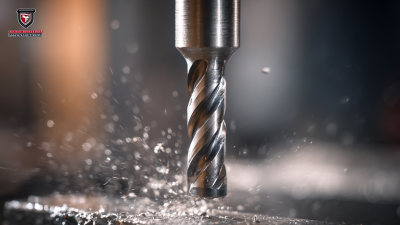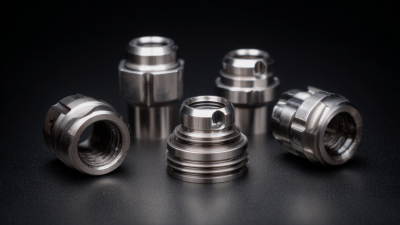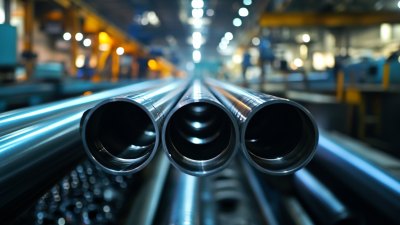Leave your message now to get your free sample and discount price
Leave your message now to get your free sample and discount price
When it comes to precision machining, drilling tungsten can be particularly challenging due to its high density and hardness. However, mastering effective drilling techniques can significantly enhance the quality of your work and extend tool life. In this blog, we will explore the five best tips for effective drilling tungsten, providing you with practical strategies to overcome common obstacles associated with this demanding material. From the selection of the right tools to understanding optimal feeding rates, our expert advice will equip you with the knowledge needed to tackle your tungsten drilling projects with confidence and efficiency. Whether you're a seasoned machinist or a beginner, these insights will help you achieve superior results and elevate your craftsmanship in working with one of the toughest materials available.
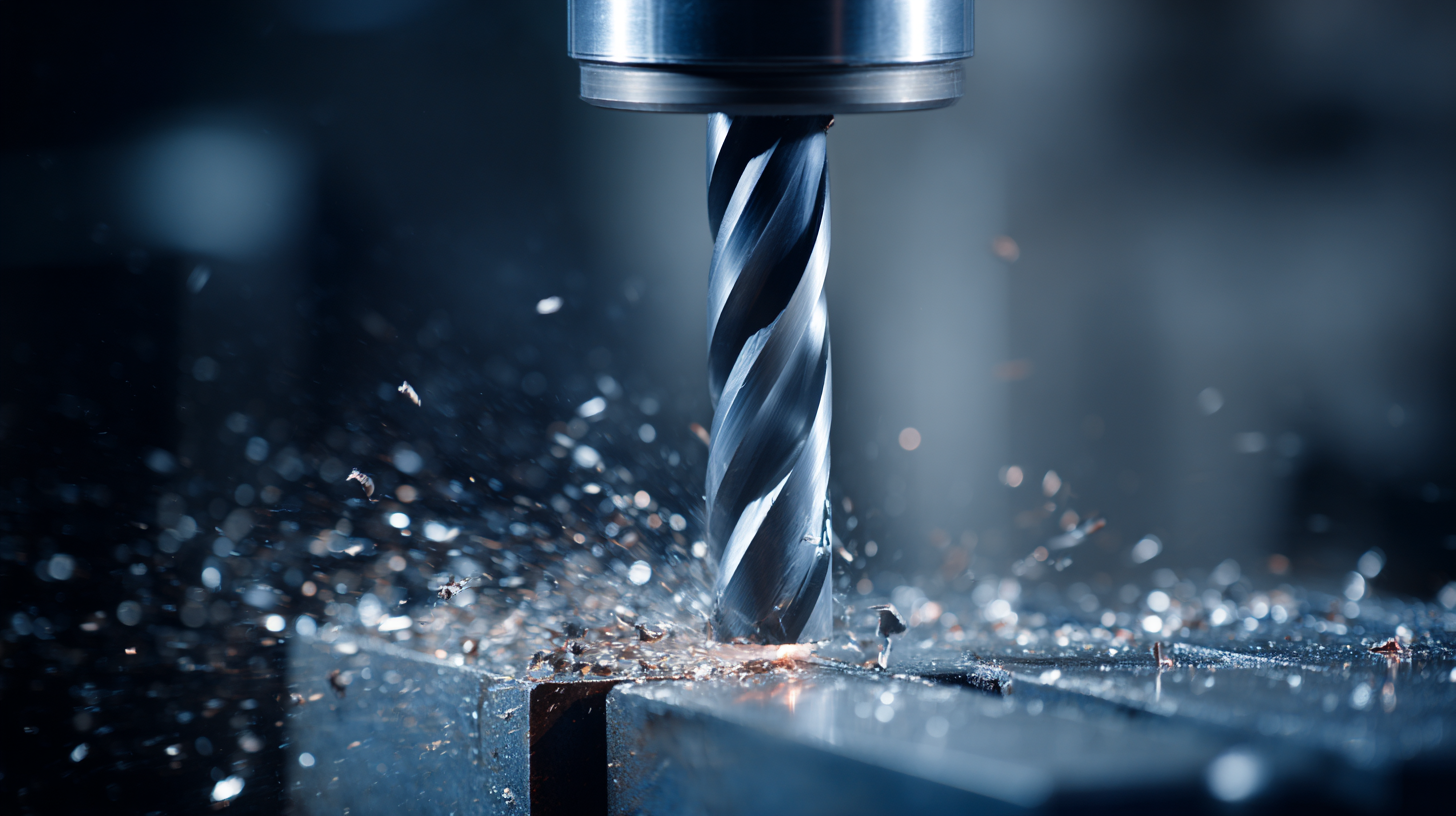
When it comes to drilling tungsten, understanding the unique properties of this dense and hard metal is crucial for success. Tungsten has a high melting point and exceptional hardness, which presents specific challenges when drilling. Unlike softer metals, tungsten requires specialized techniques and tools to achieve optimal results. The primary characteristic that sets tungsten apart is its brittleness; although it is incredibly tough, it can be prone to cracking if not handled properly. Therefore, the choice of drilling method and equipment is vital to prevent damaging the material.
Utilizing the right drill bit is essential when working with tungsten. Carbide-tipped bits are often recommended due to their durability and heat resistance, which help maintain cutting efficiency during the drilling process. Additionally, employing lower drilling speeds coupled with adequate lubrication can drastically improve performance by reducing heat build-up and minimizing tool wear. By effectively managing these key aspects, one can tap into the full potential of tungsten machining while mitigating the risks associated with its challenging properties.
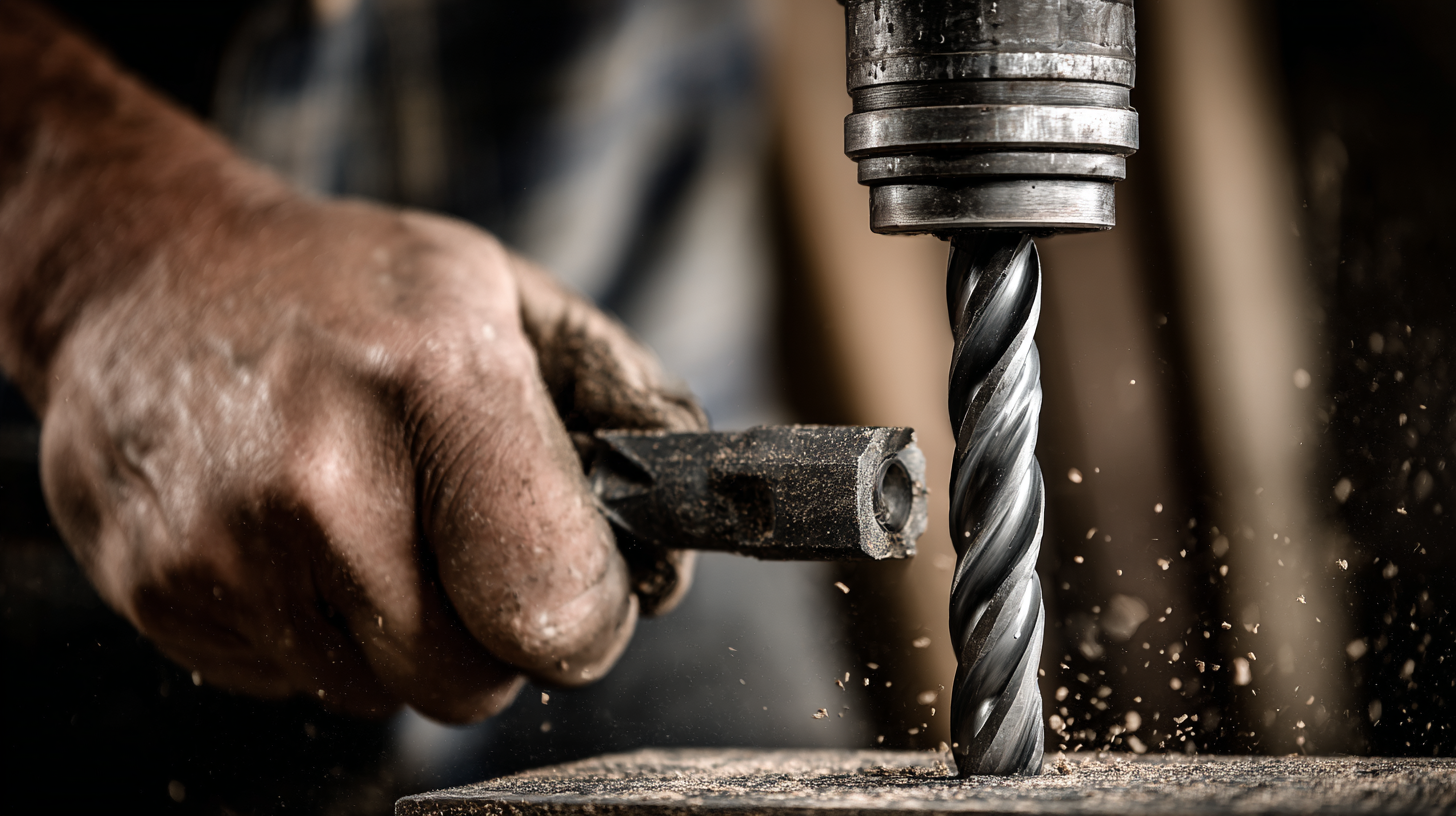
When it comes to drilling tungsten efficiently, having the right tools and equipment is crucial. Tungsten is a dense and hard metal, which requires specialized tools to ensure precision and prevent damage. One essential tool is a high-speed steel or carbide drill bit, specifically designed for hard materials. These bits can withstand the heat and pressure generated during the drilling process, making them invaluable for achieving clean holes.
In addition to the right drill bits, a reliable drill press is recommended for consistency and accuracy. A variable speed drill press allows you to control the speed based on the thickness of the tungsten being drilled, reducing the risk of overheating. Furthermore, using a lubricant or cooling fluid can significantly improve the process by reducing friction and prolonging the life of your drill bits.
Another tip for effective tungsten drilling is to start with a smaller pilot hole. This initial step will help guide larger bits and minimize stress on the tungsten, leading to a smoother drilling experience. By integrating these tools and techniques, you can ensure that your tungsten drilling projects are completed efficiently and with high-quality results.
When preparing tungsten for drilling, it is crucial to ensure that the material is clean and free of any contaminants. Start by using a high-quality degreaser to remove any oils or residues from the surface. Once the surface is clean, rinse it thoroughly with water and dry it completely to avoid any moisture-related issues that can affect drilling performance. This preparation step lays the groundwork for a successful drilling process, minimizing the risk of tool wear and improving hole precision.
After cleaning, the next step is to properly secure the tungsten. Use a sturdy vise or a clamping mechanism that can hold the workpiece firmly in place during drilling. This stability is essential for preventing movement that could lead to inaccuracies. Additionally, selecting the right drill bit is vital; carbide-tipped bits are often preferred due to their hardness and durability against the tough tungsten material. Finally, ensure you are using appropriate cutting fluids to aid in cooling and prolonging the life of your drill bits, as tungsten generates significant heat during the drilling process.
When drilling tungsten, managing heat and wear is crucial for maintaining tool performance and extending the life of your equipment. One effective technique is to use a high-quality cutting fluid that can reduce friction and dissipate heat. Applying coolant during the drilling process not only lowers the temperature but also helps to remove metal chips, preventing them from causing additional wear on your drill bit.
Another important tip is to select the right drill bit material. Carbide-tipped bits are often recommended for tungsten, as they can withstand the intense heat generated during drilling. It's also beneficial to keep the drill speed lower than usual. A slower speed reduces heat build-up and allows for better chip removal, thus minimizing wear on both the bit and the tungsten workpiece.
Finally, consider using a peck drilling technique, where the drill advances in smaller increments rather than pushing through the material in one go. This method helps control heat generation and provides better precision, ultimately enhancing the drilling efficiency and prolonging the lifespan of your tools. By incorporating these techniques, you can achieve effective drilling results while reducing heat and wear during the process.
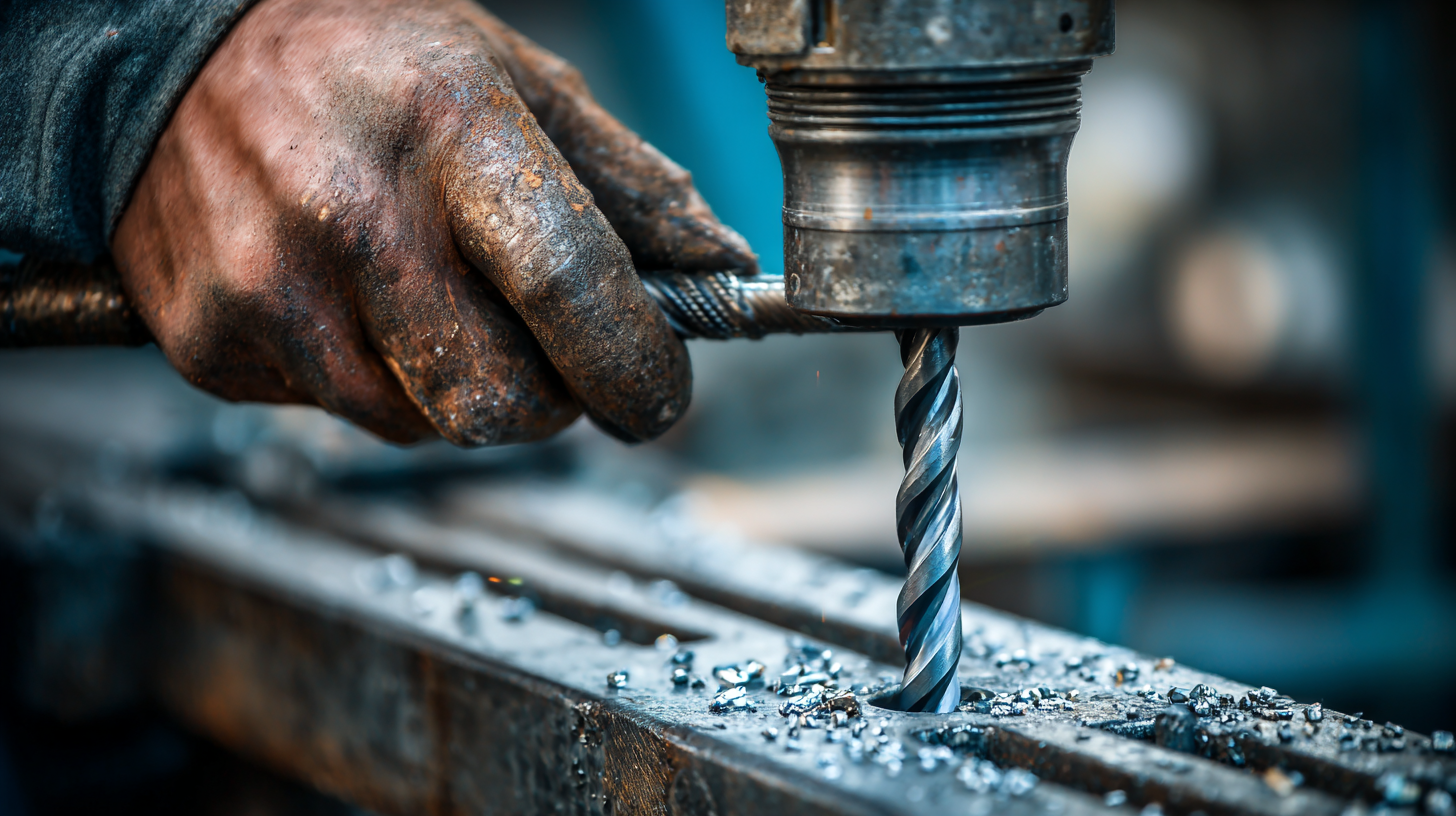
When drilling tungsten materials, troubleshooting common issues is essential for achieving precision and efficiency. The unique properties of tungsten, such as its high melting point and density, can lead to specific challenges. One common issue is drill breakage, often caused by excessive heat buildup. Utilizing effective cooling techniques and ensuring the proper feed rate can help mitigate this problem. Additionally, using high-quality cutting tools designed for tungsten can significantly reduce wear and prolong tool life.
Another frequent challenge when drilling tungsten is achieving clean hole edges and preventing chip accumulation. Implementing optimized drilling parameters, including rotation speed and feed rate, is crucial. It’s also important to monitor the geometry of both the drill bit and the workpiece, as any misalignment can result in poor-quality holes. As innovations like picosecond laser micromachining are explored, they may offer alternative solutions for creating precise features in tungsten with minimal issues. Adapting these advancements into drilling practices can lead to improved outcomes in tungsten machining.
This chart illustrates key effectiveness metrics for drilling tungsten materials, including optimal speed, feed rate, cooling efficiency, tool wear rate, and maximum drilling depth. These parameters are essential for achieving efficient and high-quality drilling results.

